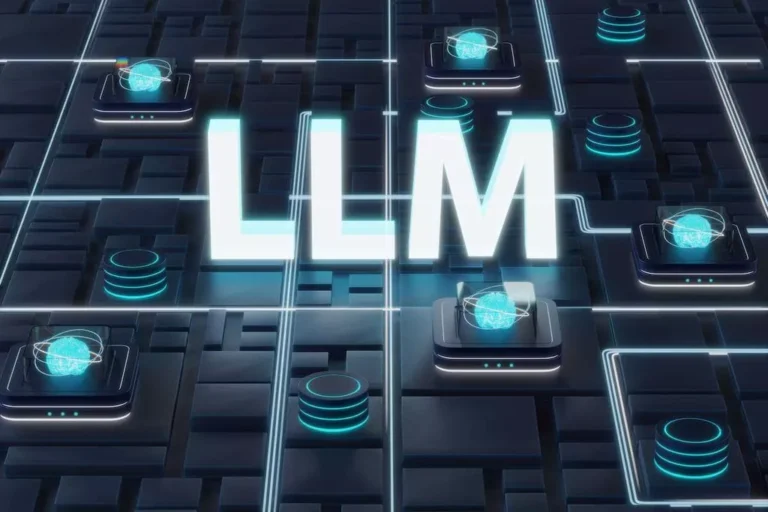A successful threat management program helps a company contemplate the full range of dangers it faces. Risk management additionally examines the connection between various sorts of enterprise risks and the cascading impression https://www.globalcloudteam.com/ they may have on a corporation’s strategic objectives. It is an ongoing process that requires steady monitoring and analysis. Risks can change over time, and new risks can emerge, so it’s crucial to remain vigilant and adapt your threat management methods accordingly.

Traditional Threat Administration Vs Enterprise Threat Management

ProjectManager is online work and project management software program that permits you to handle risks alongside your project. Activate the Risk View to create a operating listing of all your project dangers. Then add descriptions, mark probability, impact and stage with an embedded risk matrix. Qualitative danger analysis refers to the threat analysis instruments and methods that rely on professional subject matter opinions, subjective and non-statistical means to assess the chance and impression of project risks. Risk averse is another risk level definition trait of organizations with conventional risk administration applications.
How Can Safety Administration Software Program Help?
When dangers are shared, the potential for loss is transferred from the person to the group. A company is a good example of threat sharing—several traders pool their capital and each only bears a portion of the risk that the enterprise could fail. Avoidance is a technique for mitigating threat by not collaborating in activities that may negatively have an result on the group. Not making an investment or starting a product line are examples of such actions as they keep away from the danger of loss.
Different Sorts Of Threat Assessments
It is a legal requirement for any employer and have to be documented wherever five or extra people are employed. Risk analysis is the method of figuring out risk, understanding uncertainty, quantifying the uncertainty, running fashions, analyzing results, and devising a plan. Risk evaluation could also be qualitative or quantitative, and there are various kinds of threat analysis for various conditions.

Step 1 Identify Potential Hazards
- Whereas other forms of threat analysis typically forecast what needs to be accomplished or what might be getting accomplished, a root trigger evaluation aims to establish the impact of issues that have already occurred or proceed to occur.
- For example, earlier than leaping over a wall, we’d contemplate how probably we are to be injured, how that might impact us and what the adverse outcomes may be.
- On the lower-risk facet of the spectrum is the risk-free rate of return—the theoretical price of return of an investment with zero threat.
Conducting a threat evaluation may help organizations determine whether they should undertake a project or approve a financial utility, and what actions they may have to take to protect their interests. This kind of study facilitates a stability between risks and risk discount. Risk analysts typically work in with forecasting professionals to attenuate future unfavorable unforeseen results.
Risk: What It Means In Investing, Tips On How To Measure And Manage It
Risk is often assumed to occur using normal distribution probabilities, which in actuality rarely occur and can’t account for extreme or «black swan» occasions. The evaluation mannequin will take all available items of information and data, and the model will try to yield completely different outcomes, chances, and financial projections of what might happen. In extra advanced conditions, scenario evaluation or simulations can decide a median consequence worth that can be used to quantify the average instance of an occasion occurring. The main concern of danger analysis is to identify troublesome areas for a corporation.
Traditional threat management additionally tends to be reactive quite than proactive. Three essential steps of the danger administration course of are danger identification, threat evaluation and evaluation, and danger mitigation and monitoring. Should an entire firm make use of a single widespread danger evaluation matrix or should each department have its personal particular one?
On the other hand, because the 3×3 matrix has a fundamental design it’s open to errors. For that cause, it would become troublesome to actually decide where the boundary between acceptable and unacceptable lies. In addition, with a 3×3 matrix, there are only three classes of risks — low, medium and high. For complicated hazards or initiatives, a 4×4 or 5×5 matrix may be extra applicable, as they permit for more nuanced threat assessments. Formal and dynamic danger assessments do have one thing in widespread, whether its you as an individual or an organisation, we are analysing the potential dangers of a state of affairs and using that to tell our decisions. As previously said, carrying out suitable and sufficient danger assessments is the primary management tool in effective danger administration.
Risk evaluation isn’t unique to project management and it’s used in different disciplines similar to enterprise administration, building or manufacturing. Risk assessments are essential to establish hazards and risks that may potentially trigger hurt to staff. Identifying hazards through the use of the risk evaluation course of is a key component in making certain the well being and safety of your workers and prospects. According to regulations set by OSHA, assessing hazards or potential dangers will decide the personal protective gears and tools a employee might have for their job.

Risks under this category are these with a high probability of incidence and a big potential impact on the organization’s business activities. These risks pose significant threats to the organization and require instant consideration and sources to handle. Firstly, it helps organizations better perceive the potential dangers they face and the method to address them. Secondly, it helps organizations make more informed choices about which risks to keep away from, accept, or mitigate. Finally, it helps improve organizational resilience and adaptability within the face of potential risks. This article will explain how our apply uses a structured, algorithmic method to find out our sufferers’ danger ranges and drive higher care team assist for our sufferers.

The best way to handle investing threat is through regular threat evaluation and diversification. Although diversification won’t guarantee gains or assure towards losses, it does provide the potential to improve returns based mostly on your objectives and target degree of risk. Finding the best balance between threat and return helps buyers and enterprise managers achieve their financial goals via investments that they can be most comfy with. The risk taxonomy spells out the important thing phrases and definitions a firm makes use of to describe its dangers, and creates the language used for danger identification in key end-to-end enterprise processes. Controls mitigate the impression or probability of a risk, and are linked to every risk to grasp residual danger ranges.




